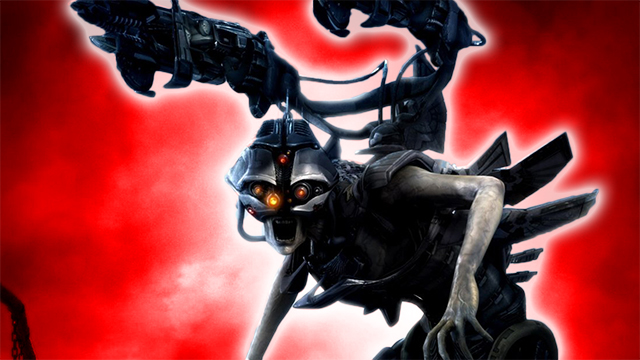So, you’re looking to Naruto-run your way into the government’s most secure facility. What do you really need to know before you join countless hundreds in the Nevada desert? More importantly, can video games of the past simulate this dangerous event so you don’t actually have to go through with it? Well, probably not. But now feels like a good of a time as any…

Atlas is an action-rpg with rogue-like elements where you use your ability to control the ground to fight the enemies and move through procedurally generated worlds.










